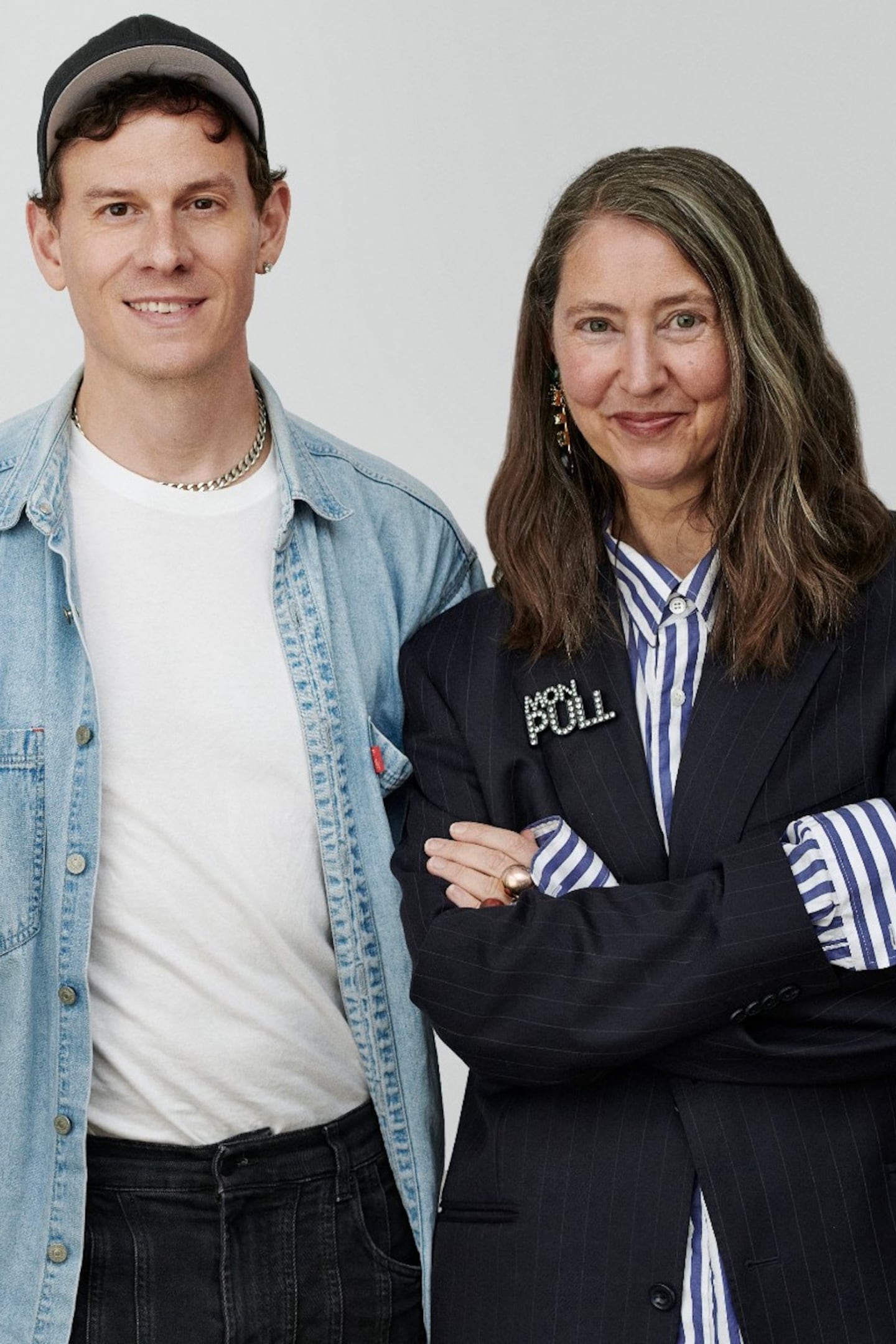
The Business of Fashion
Agenda-setting intelligence, analysis and advice for the global fashion community.

Agenda-setting intelligence, analysis and advice for the global fashion community.

Fast-fashion giant H&M has partnered with L’Oréal-owned Mugler and its creative director Casey Cadwallader for its latest designer collection, which will debut online and in selected stores this spring.
H&M is under pressure, as soaring costs hammered profits toward the end of last year. Shares fell after the retailer reported operating profit for the quarter ending November 2022 declined to 821 million SEK ($79.2 million), down from 6.26 billion SEK ($603.6 million) the previous year.
Now, the world’s second-largest fashion retailer is betting the Mugler collaboration will bring a boost. The label has enjoyed a renaissance under the creative direction of Cadwallader since 2017, attracting celebrity clients like Kylie Jenner, Dua Lipa and Cardi B for its body-hugging, spiral-cut dresses and nude-illusion looks.
H&M has been teaming up with luxury designers since 2004, leveraging limited-edition tie-ups with the likes of Karl Lagerfeld, Comme des Garçons, Stella McCartney, Versace and Balmain to generate buzz and elevate its high street image. The Mugler collection sees the Swedish group pivoting back to a more established name after collaborating with niche labels in recent years, such as Toga, The Vampire’s Wife and model Liya Kebede’s label sustinable Lemlem.
ADVERTISEMENT
Learn more:
High-Low Collaborations Democratised Fashion. But What Did They Do For the Designers?
Target gave independent brands the opportunity to make some money and gain exposure. In the long term, however, the cheap-chic retailer is the real winner.
Nordstrom, Tod’s and L’Occitane are all pushing for privatisation. Ultimately, their fate will not be determined by whether they are under the scrutiny of public investors.
The company is in talks with potential investors after filing for insolvency in Europe and closing its US stores. Insiders say efforts to restore the brand to its 1980s heyday clashed with its owners’ desire to quickly juice sales in order to attract a buyer.
The humble trainer, once the reserve of football fans, Britpop kids and the odd skateboarder, has become as ubiquitous as battered Converse All Stars in the 00s indie sleaze years.
Manhattanites had little love for the $25 billion megaproject when it opened five years ago (the pandemic lockdowns didn't help, either). But a constantly shifting mix of stores, restaurants and experiences is now drawing large numbers of both locals and tourists.